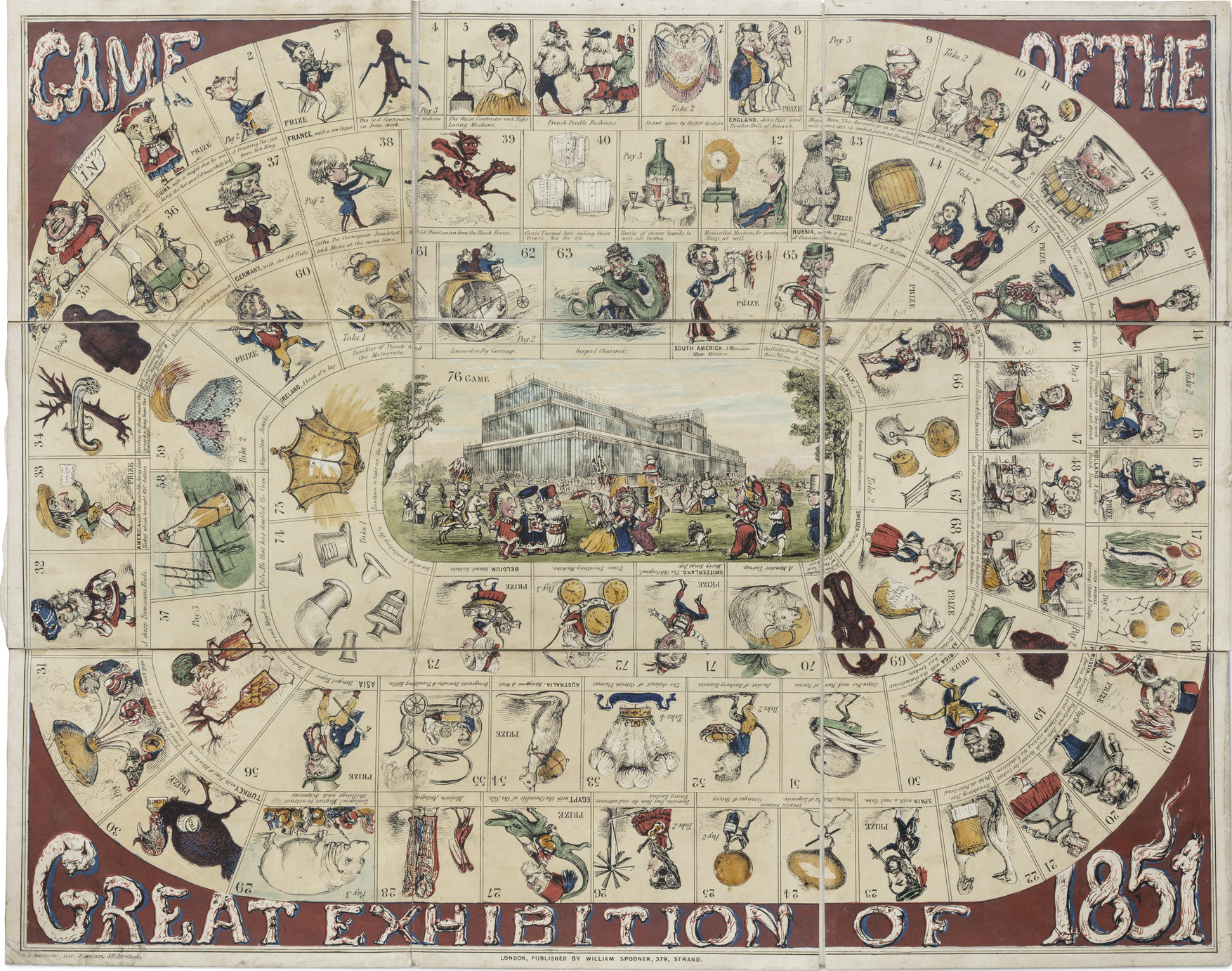
Courtesy of the Yale Center for British Art
On the second floor of the Yale Center for British Art, past a rendering of a woman perched atop a globe and behind walls filled with vibrant canvases, one can find “Instruction and Delight: Children’s Games from the Ellen and Arthur Liman Collection,” a current one-room exhibit filled with board games such as bingo games free to play, instructional booklets and small game pieces.
“Instruction and Delight,” which showcases 18th and 19th-century children’s games, was curated by Elisabeth Fairman, chief curator of rare books and manuscripts at the YCBA, with assistance from Laura Callery, senior curatorial assistant of rare books and manuscripts.
“We simply wanted to celebrate the very generous gift of Ellen Liman — a remarkable group of children’s board games, collected by she and her late husband Arthur Liman LAW ’57,” Fairman said.
Ellen and Arthur Liman collected English games for nearly 50 years. Ellen Liman is an active artist with studios in Palm Beach, Martha’s Vineyard and New York, whose paintings appear in many private and corporate collections. Arthur Liman, an accomplished attorney, is the namesake of the Yale Law School’s Arthur Liman Center for Public Interest Law, a body dedicated to supporting the work of students who aim to decrease inequality and injustice.
“I’m an artist, so I was interested in the visual presentation of the material,” Ellen Liman said. “Because of the visual component, they are like little works of art. But my husband, who was very intellectual, was drawn to them because they are relics of history.”
One of the works, a board game titled Comic Game of the Great Exhibition of 1851 depicts hand-drawn caricature figures and objects filling the squares. In addition to their aesthetic qualities, the images on the board capture rapid global industrialization, teaching the young players about various inventions and countries involved. For example, America’s squares feature a man sporting the newly invented Colt revolver, and the England portion includes a “Magic Stove,” a gas stove patented just a decade earlier.
Another work on display, titled The Paths of Life, conveys an entirely different message. With the abstract map of lines and destinations such as “Poverty Maze” or “Serenity Province,” this 1840 game vividly displays various possibilities on how one should maneuver through life. The game, reminiscent of modern board games such as Monopoly and The Game of Life, precedes its modern counterparts by over a century. Other games on display include lessons on astronomy and arithmetic and moral education on topics like piety, sobriety and chastity.
“They were instruments of education,” Liman noted. “It’s fascinating the academic and intellectual knowledge that is required in order to play these games.”
The exhibit opened just this month, but visitors have already expressed interest in both the artistic and historical aspects of the board games on display. One visitor, Harry Smith, described “Instruction and Delight” as “a snapshot of some of the morality prevalent in the time.
As an inspired collector of the children’s games, Arthur Liman wrote about the history and context behind each game in 1989. Ellen Liman published his writing posthumously in a book titled “Georgian and Victorian Board Games: The Liman Collection.” In the book, Arthur Liman describes the games as some of “the most prized, least known and interesting artifacts of the emerging middle class at play in England.” A copy of the book can be found in the exhibition space.
The exhibit will be on display in the Yale Center for British Art until May 23.
Lindsay Daugherty | lindsay.daugherty@yale.edu
David Hou | david.hou@yale.edu







